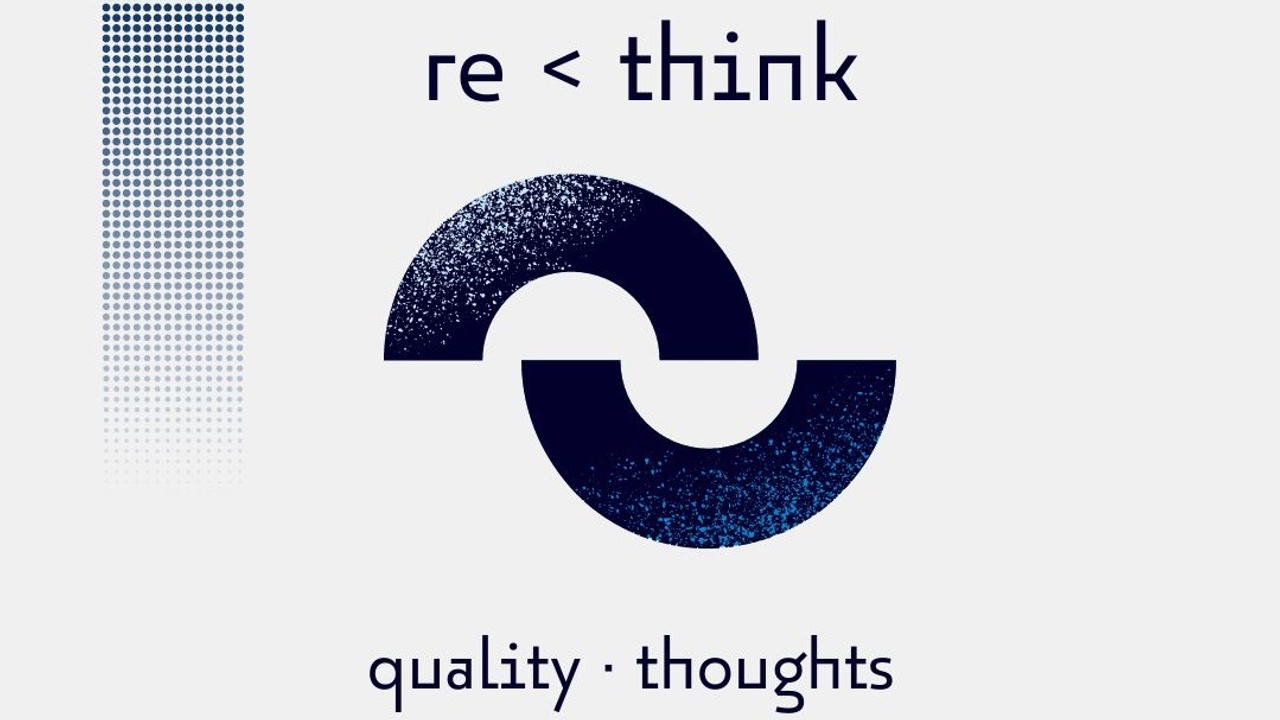
Optimizing Your Mindset in Medicine, Step 4 - Intentional Thinking
Last week, I introduced a framework called the Thought Model for those of us not trained as behavioral scientists. In it, we examine how our automatic thoughts affect us. This week, we examine an advanced option that involves intentional thoughts.
Before I get there, I want to clarify that you do NOT have to move on to this step. Just the awareness of your thoughts and separating facts from the story provides a better and broader perspective. Plugging the facts and automatic thoughts into the Model is an excellent step to gaining more insight and awareness to what you are creating by allowing your automatic thoughts to go unchecked.
Once you can see how your view on the situation affects you, you can decide if you want to look at the situation differently or not. If you do, then we move on to an Intentional Model.
There are 2 crucial aspects to moving on, with purpose, to other ways of thinking.
- It must be entirely believable. This isn't where you click your ruby-red slippers together and wish. You cannot trick your brain into believing something This is NOT toxic positivity where you try to see everything is rainbows, sunshine, and unicorns.
- It must serve you better. Why pick a perspective that continues adding unnecessary stress and suffering?
Let me first give an example using the automatic model explained last week:
C: Clothes from the hamper are on the bathroom floor. No one else is home other than my husband.
T (automatic): That’s a rude way to say the clothes need to be washed!
F: Offended
A: Passive-aggressively pile them in front of his shower, ruminate on why this is considered “the woman’s job,” remind myself of similar conflicts over the years, talk to him with curt answers, and increase my resentment.
R (my result): I’m now being rude to myself and him and have ruined my mood for the day. (It wasn’t the clothes that ruined the day – just my thought about them.)
I could look at that and realize my automatic thought is an assumption, causing me to impair my enjoyment of my weekend. Here are two choices.
1. I discuss the situation from a non-judgmental place with my husband – losing the assumption. To do so, I can use the awareness practice and muster up some neutrality with a thought like, “I’m withholding judgment about why the clothes are on the floor.”
2. I could think about it in a way to improve my day without even discussing it.
There’s no right or wrong here. You get to choose.
If I want to choose an intentional thought, what’s one that would give me a better perspective that is believable?
Maybe, “He is so sweet to make it easy for me to sort the clothes.” Buzzer sound! No. That would be so NOT believable to me. My brain will not accept that.
Okay, maybe, “He’s mad that I put his jeans in the hamper prematurely.” Buzzer sound again! Perhaps it’s more believable. But that would likely cause me to feel defensive and pity myself for my helpful efforts being rejected. So, probably still not going to help enjoy my weekend.
What would be believable and serve me better? Here's the trick - point your brain in the direction you want it to go and get out of it's way. It's designed to find answers. “I bet he was in a hurry to grab his work jeans for something.” Totally believable knowing my husband’s propensity for seeing a need outside and grabbing his work jeans - clean or dirty. How does it serve me? Let’s try it out:
C: Clothes from the hamper are on the bathroom floor. No one else is home other than my husband.
T (intentional): “I bet he was in a hurry to grab his work jeans for something.”
F: Understanding
A: I smile and think happy thoughts about how he's always working hard outside to make our place look nice, either put the clothes in the hamper or maybe sort them and put a load on.
R (my result): I continue enjoying my weekend.
Since I was assuming the worst to begin with, what harm is there in assuming something neutral or even the best? I might as well consider something that doesn’t cause me unnecessary frustration.
And what if I’m wrong? What if he was providing a “hint” about wanting me to wash his clothes? Well, I’m still happy, and eventually, he can decide if he wants to have an adult conversation. And I can decide what I want to think about that then. There’s no downside.
Okay, in the spirit of transparency, the above example actually happened after I had been doing this work for some time. I walked into the bathroom to grab something, saw the clothes, and walked out with a little smile. A couple of hours later, I realized my former, more negative way of thinking had been replaced with automatic positive assumptions. And that made me smile more.
So, if you’re feeling up to it, try it out. If you find it challenging - don't worry, next week, I'll offer you some tips to make it easier.
Until then, have a joy-filled week! Tonya
Learn more tips for less stress and more joy in my Weekend Reads, delivered every Sunday to your inbox.
Original July 2022, Updated Oct 2024
Join Weekend Reads
Weekly insights, tips, and tools for physicians who want to thrive—plus a dash of fun.
We hate SPAM. We will never sell your information, for any reason.

